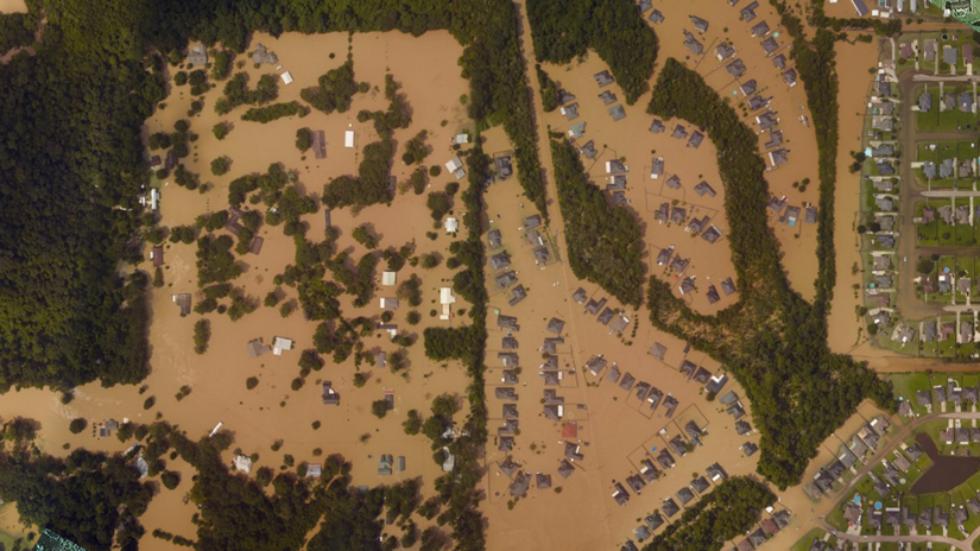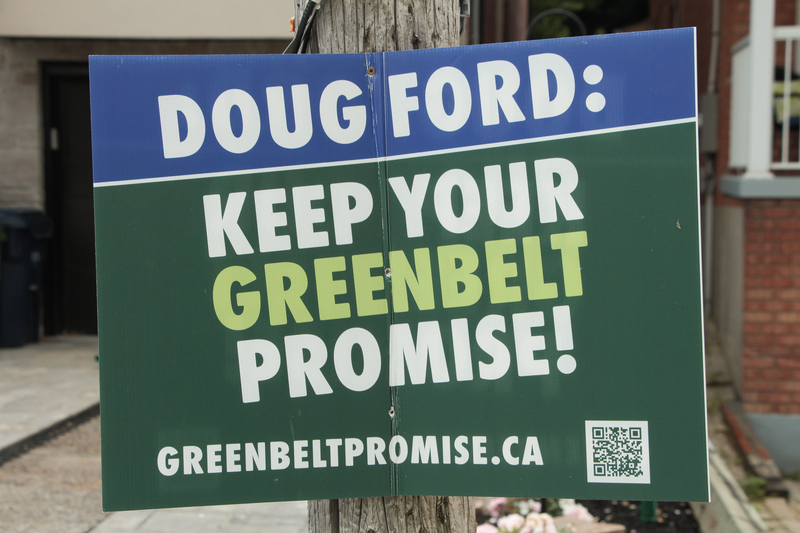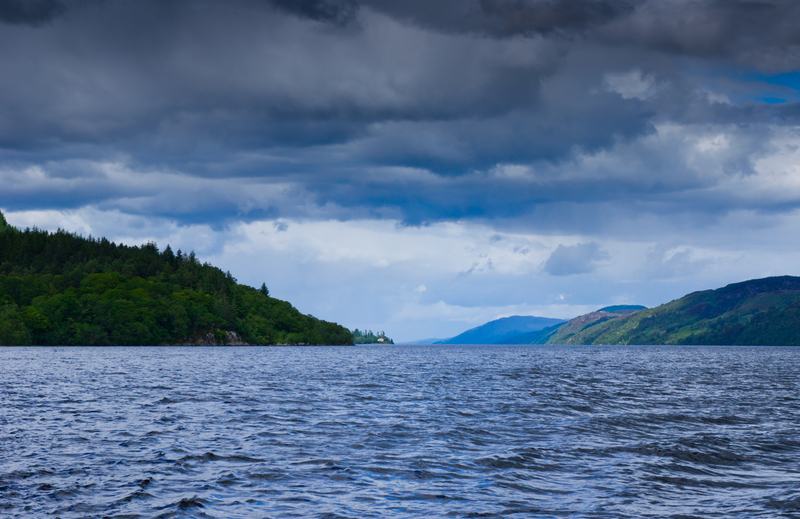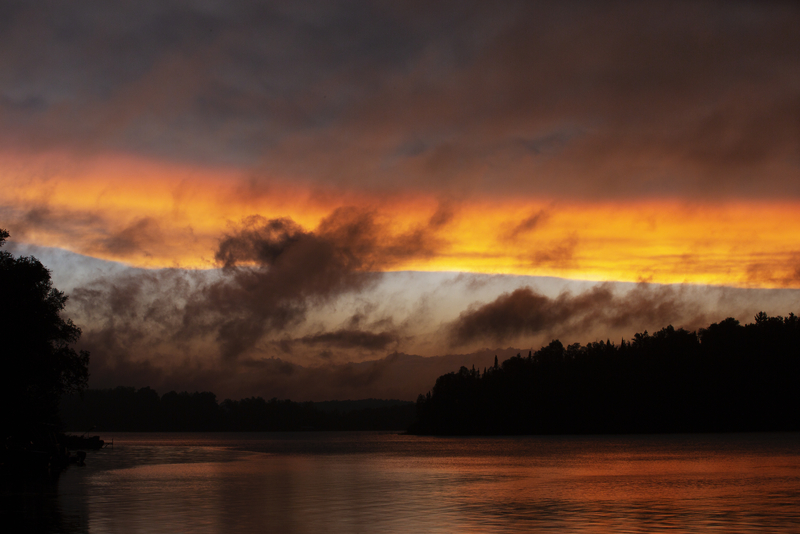Starting late last week, southern Louisiana has been dealing with a seemingly endless stretch of rain. Sometimes the rain has been very heavy, sometimes it has been a steady pitter-patter. But rarely has it not been there. Today, meteorologists (experts who study and track weather patterns) say that the end is finally in sight. But the damage is already more than done. The state reports that over 20,000 people have been rescued, though 11 people have died as a result of the floods.
Towns like Watson, Louisiana (which is just outside the state capital of Baton Rouge) received 79.7 cm (31.39) inches of rain. That's more rain in those few days than Los Angeles, California has received since the start of 2012. It's an incredible amount of rain and the flooding it has created is breaking records all across the state. Rivers are higher than ever, neighbourhoods are underwater, and thousands of people have been forced to sleep in shelters while their homes become waterlogged.
A difficult year gets worse
Louisiana is a state with a sub-tropical climate. This means long, humid summers where rain is common. It has many rivers, lakes, and swamps. Hurricanes coming up through the Gulf of Mexico are a well-known risk in its coastal towns. In other words, the state understands water and the potential disasters that it can bring. But even with this in mind, 2016 has been a year unlike any other in the state's history. Incredibly, this is the second record-breaking stretch of heavy rains and flooding. Back in March, areas across Louisiana were hit by terrible flooding. Thousands of homes were damaged, and the costs reached an estimated $1.3 billion US. Now only five months later, it has happened all over again. The American Red Cross claims that when all is said and done, that this will be America's worst natural disaster since Superstorm Sandy flooded New York City in 2012.
A slow low tropical depression
In the case of Sandy, the culprit was a near-hurricane level storm that brought heavy rains, high winds, and rising ocean waters to the low-lying areas of Manhattan and Brooklyn. In fact, Sandy was a hurricane as it approached New York, dying down slightly before landfall (the moment that it arrived on land). Meanwhile, it was a hurricane named Katrina that hit New Orleans, Louisiana in 2005. This event is considered one of the worst natural disasters in U.S. history.
But this recent flooding has been different. Instead of being caused by a fast-moving storm from the ocean, meteorologists describe what happened as an "inland tropical depression". This is basically a low pressure system that simply parked itself over the state. As warm, moist air from the Gulf of Mexico hit the system, it brought rain. And rain. And rain. With the tropical depression refusing to budge (there was very little wind), it was as though someone left a giant tap running for days on end.
What to do now?
Now that the "tap" has nearly been turned off, the state and the country is left to address the damage. Thankfully, very few people have died because of this flooding (Katrina claimed well over 1,000 lives). But with two large floods in Louisiana alone, as well as recent floods in Texas and South Carolina, many experts are warning that this isn't just a freak occurrence.
"There's definitely an increase in heavy rainfall due to climate change," said Texas state climatologist, John Nielsen-Gammon in the New York Times. "The actual increase from place to place is going to be variable because of the randomness of weather. Some places will see a dramatic change."
Unfortunately, Louisiana seems to be one of those places.
 An aerial satellite image of Denham Springs, Louisiana shows how much of the town is underwater after days of heavy rain. (Courtesy of NOAA)
An aerial satellite image of Denham Springs, Louisiana shows how much of the town is underwater after days of heavy rain. (Courtesy of NOAA)









